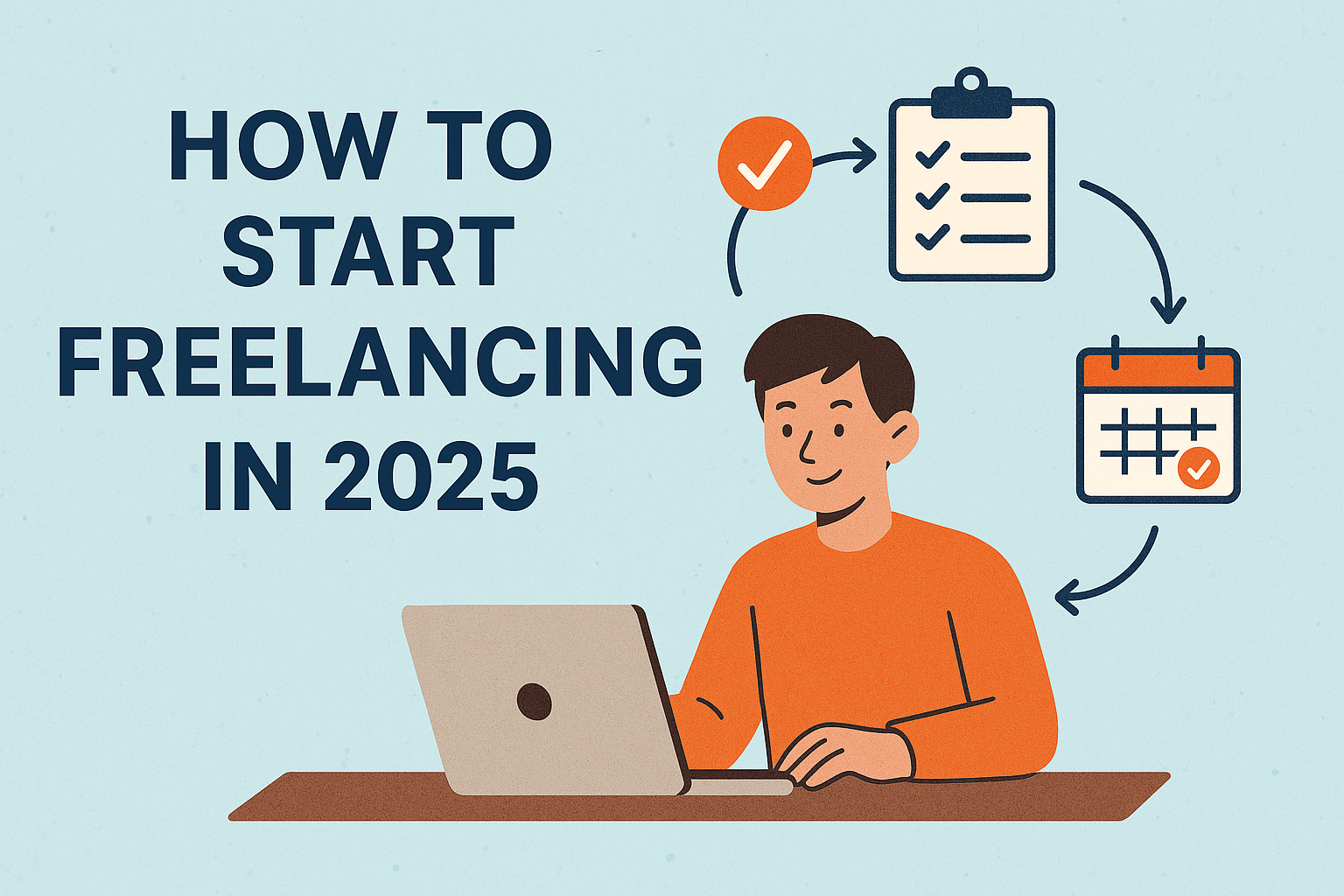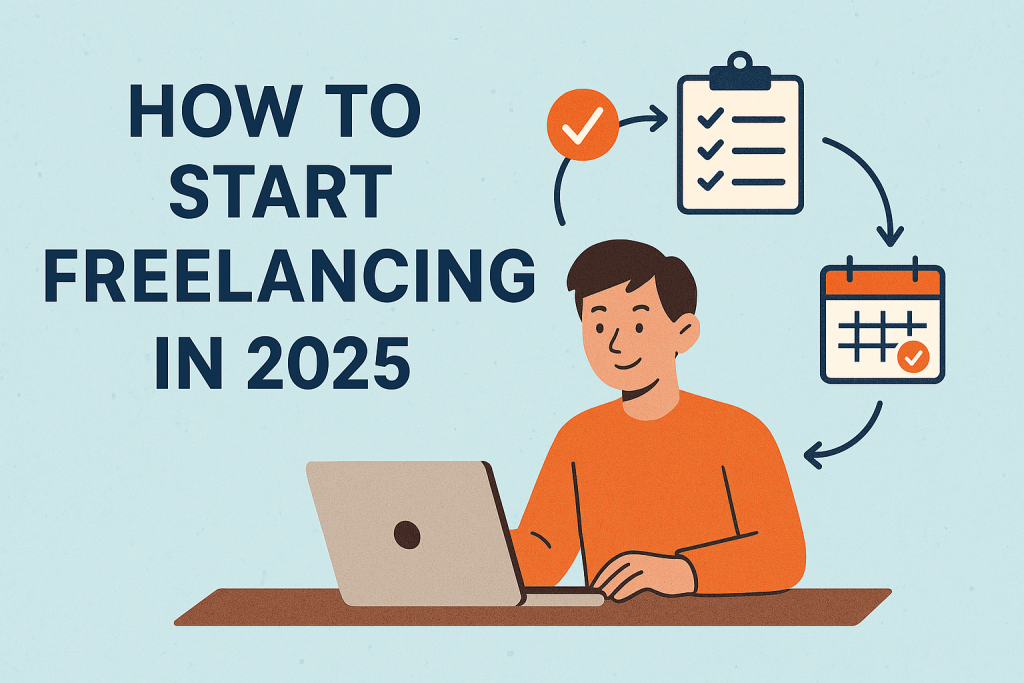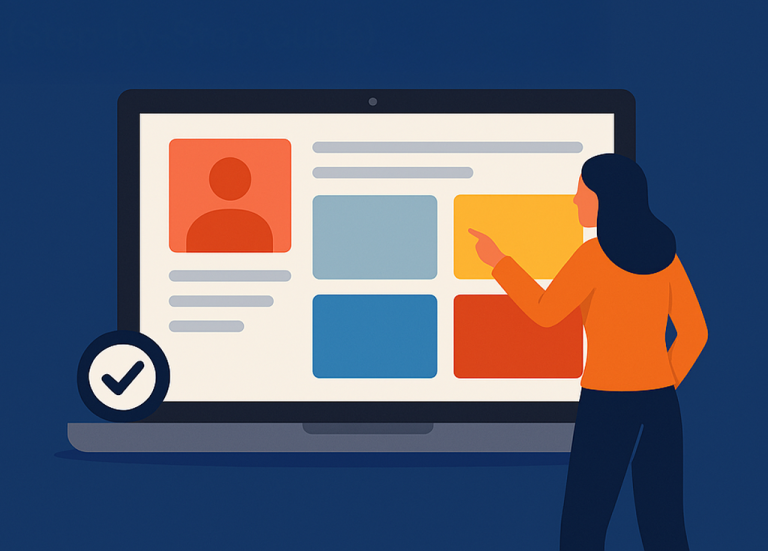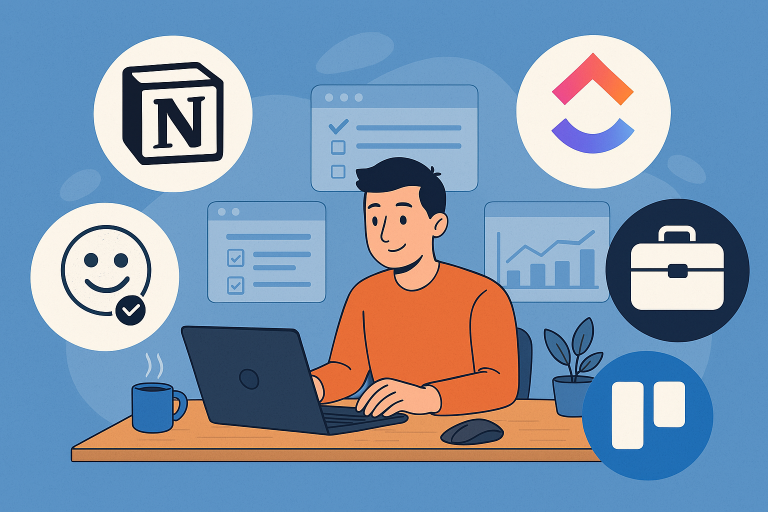How to Start Freelancing in 2025: A Step-by-Step Guide for Beginners
Freelancing in 2025 isn’t just a career choice—it’s a lifestyle revolution. With remote work at an all-time high, millions are ditching traditional office jobs to become their own boss. But where do you begin if you’re starting from scratch?
Whether you’re a college graduate, a burned-out 9-to-5 worker, or someone looking for a flexible side income, this step-by-step guide will walk you through everything you need to know to launch your freelance journey the right way.
At Remote Boosted, we’re all about making complex things simple. This isn’t just theory—these are actionable steps you can start today.
🔍 Step 1: Identify Your Skillset
Start with what you already know. You don’t need to be an expert—just skilled enough to offer value. Here are some beginner-friendly freelance categories:
• Writing (blogs, copywriting, technical writing)
• Graphic Design (logos, social media posts)
• Web Development (front-end, WordPress)
• Virtual Assistance (admin tasks, calendar management)
• Social Media Management
• Translation or Transcription
• Video Editing
Tip: If you’re unsure, explore free courses on sites like Coursera, Udemy, or Skillshare. Build a small portfolio as you learn.
🧰 Step 2: Set Up Your Freelance Toolbox
Before you start applying to jobs, get your basic freelance setup ready:
• Professional Email Address (use your name)
• Portfolio Website (WordPress or Carrd works great)
• Invoicing Tool (like Wave, PayPal, or Bonsai)
• Calendar App (Google Calendar, Calendly)
• Time Tracker (Toggl, Clockify)
Bonus: Use Notion to organize projects, client data, and task lists in one dashboard.
💼 Step 3: Define Your Services & Pricing
Freelancers don’t sell hours—they sell outcomes. Think like a business. Define:
• What services you offer
• Who your ideal client is
• Your turnaround time
• Your rates
Pricing tips for beginners:
| Experience Level | Hourly Rate (USD) |
|---|---|
| Beginner | $15–$30 |
| Intermediate | $30–$75 |
| Expert | $75–$150+ |
If you’re new, start low but not too low—charge enough to be taken seriously.
🌍 Step 4: Choose Where to Find Clients
There are hundreds of platforms, but you don’t need all of them. Choose 1–2 based on your niche:
| Platform | Best For |
|---|---|
| Upwork | General freelancing |
| Fiverr | Short, low-budget gigs |
| Toptal | Premium clients (advanced only) |
| Professional networking | |
| Twitter (X) | Freelance communities + outreach |
Pro Tip: Don’t rely solely on platforms. Reach out directly to startups or small businesses with a custom pitch.
📝 Step 5: Craft a Winning Profile or Pitch
Your profile or outreach email must answer three things:
1. Who you are
2. What you do
3. How you can help them
Example profile intro:
“I’m a freelance content writer specializing in SEO blog posts that rank. I help startups and small businesses grow their organic traffic through high-quality, researched content.”
Email pitch tip:
Keep it short. Personalize it. Offer value upfront (like a quick tip or audit).
📦 Step 6: Build a Portfolio (Even If You Have No Clients Yet)
If you’re just starting, don’t panic—create sample work:
• Write blog posts on Medium
• Redesign a fake brand’s logo
• Build a simple website
• Record a mock voiceover or video edit
Once done, display everything on your portfolio site. Make sure to include:
• Project title
• Description
• Tools used
• Outcome or result (real or hypothetical)
🧑💻 Step 7: Land Your First Freelance Job
Apply smart, not hard.
✅ Focus on high-fit job posts
✅ Personalize your applications
✅ Respond quickly and professionally
✅ Be ready to negotiate with confidence
Don’t expect instant success—it’s a numbers game in the beginning. Track your applications and learn from rejections.
💬 Step 8: Communicate Like a Pro
Clients love freelancers who are:
• Responsive
• Clear in communication
• Honest about timelines
• Open to feedback
Use tools like Slack, Google Meet, or Loom to update clients regularly.
Bonus: Use Grammarly or ChatGPT to proofread your messages for clarity.
🧾 Step 9: Get Paid Securely and On Time
ALWAYS have a written agreement or contract. Set clear expectations about:
• Payment terms (e.g., 50% upfront, 50% on delivery)
• Revisions
• Scope of work
• Delivery timelines
Use invoicing platforms like Bonsai, Payoneer, or Wise to receive global payments safely.
🔄 Step 10: Rinse, Repeat, and Grow
Freelancing is a cycle of:
Learn → Pitch → Work → Deliver → Get Paid → Improve
As you gain more clients:
• Raise your rates
• Narrow down your niche
• Create passive income (eBooks, courses, templates)
• Build a personal brand via Twitter, YouTube, or LinkedIn
🧭 Final Thoughts: Start Simple, Grow Smart
Becoming a freelancer in 2025 is more accessible than ever, but it still takes grit, patience, and strategy. Start where you are. Use what you have. Learn as you go.
Remote Boosted is here to guide you with step-by-step tutorials designed for real freelancers—just like you.








